Table of Contents
ToggleBlack Pyramid Market – TOR Scam Report (26)
Onion Link : http://blackpyoc3gbnrlvxqvvytd3kxqj7pd226i2gvfyhysj24ne2snkmnyd.onion/auth/?nophishing=f4674331
Scam Report Date : 2024-12-12
Client Scam Report Breakdown
Original Scam Report :
The provided scam report highlights an alleged fraudulent website affiliated with TorFish.link, a platform promoting multiple sites on the dark web. According to the report, the site in question operates as a scam where users are misled into engaging with the site’s designer, falsely portraying themselves as a vendor. The complainant states emphatically that this vendor sells “nothing” and calls the operation a “big scam” (“grosse arnaque”). Furthermore, the author warns others to exercise caution, alleging that all sites listed or promoted by TorFish.link are scams. This initial complaint sets a clear tone of dissatisfaction and distrust, providing a vital warning to potential users.
Terminology and Definitions in the Context of Fraud
To better understand the report’s claims, it’s essential to define the terminology. The term “arnaque” directly translates to “scam” or “fraud” in English, referring to deceptive practices intended to manipulate users into financial losses or other disadvantages. TorFish.link, as described, is a portal allegedly hosting links to multiple sites on the dark web. The term “dark web” refers to parts of the internet not indexed by standard search engines and requiring special tools, such as Tor, to access. While not inherently illegal, the dark web is notorious for hosting illicit marketplaces and scams. A “concepteur du site” or “site designer” in this context implies the individual controlling the website’s content and communications, masquerading as a legitimate seller. The use of strong language, such as “grosse arnaque,” underscores the depth of frustration and the perceived magnitude of the scam.
Detailed Analysis and Implications
The complainant’s claim that “all the sites promoted by TorFish.link are scams” suggests systematic fraudulent behavior, indicating the potential for widespread abuse across multiple platforms. If accurate, this points to an organized network targeting unsuspecting users seeking goods or services. The involvement of a “site designer” acting as a vendor exemplifies social engineering—a manipulation technique used by scammers to establish trust and exploit victims. This reinforces the need for vigilance when engaging with unknown entities, especially on platforms with limited transparency or regulation. The emphatic warning serves as a broader caution against trusting unknown or unverified sources, particularly those on networks associated with anonymity and minimal accountability, such as the dark web. Identifying fraudulent operations at this scale is critical for protecting individuals and exposing systemic issues within these marketplaces.
In conclusion, the report provides a stark warning against interacting with platforms associated with TorFish.link and highlights recurring fraudulent patterns. By defining key terms and analyzing the implications, this breakdown emphasizes the necessity of understanding online risks, particularly in anonymous and unregulated environments.







